Behind the Veil: Crafting “Aap Jaisa Koi” in the Heart of Tradition
Anant Balani’s 2006 Hindi-language drama, Aap Jaisa Koi, isn’t just a film; it’s a poignant exploration of love, tradition, and defiance, set against the timeless backdrop of Varanasi. More than just a love story, it delves into the intricate dance between progress and conservative values, a challenge that extended deeply into its very making.
The Genesis: A Director’s Vision for Varanasi
Director Anant Balani, known for his nuanced storytelling, embarked on Aap Jaisa Koi with a clear vision: to dissect the socio-cultural fabric of India through the lens of a budding, star-crossed romance. The choice of Varanasi was no mere aesthetic decision; it was fundamental to the narrative’s core. Known for its deep-rooted traditions, spiritual significance, and palpable conservatism, Varanasi served as more than just a location – it became a character itself, an unyielding force that shaped the destinies of Madhu and Shriram.
The challenge was to capture this essence authentically, without resorting to caricature. Balani aimed to portray the city’s beauty and its inherent resistance to change, making the audience feel the weight of societal expectations pressing down on the protagonists. This required meticulous attention to detail in production design, costume, and even the natural light of the ancient city.
Of course, Filming in such a culturally sensitive and bustling environment comes with its own set of production demands. The crew navigated crowded ghats, narrow lanes, and the spiritual rhythm of the city, ensuring that the visual storytelling resonated with the film’s ambitious thematic undercurrents.
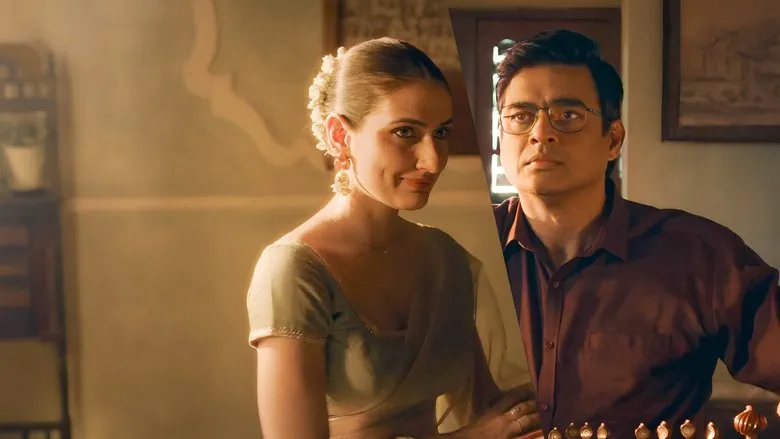
Casting the Contrasts: Diya and Sameer’s Dynamic
The success of Aap Jaisa Koi hinged significantly on its lead pair, and the casting of Diya Mirza as Madhu and Sameer Dattani as Shriram was a crucial decision.
Diya Mirza, with her inherent grace and intensity, was tasked with bringing Madhu – the free-spirited, unconventional woman – to life. Her performance had to convey strength, vulnerability, and an unwavering commitment to self-belief, qualities that would constantly clash with the traditional milieu. It was a role that demanded conviction in portraying defiance without making the character unlikable.
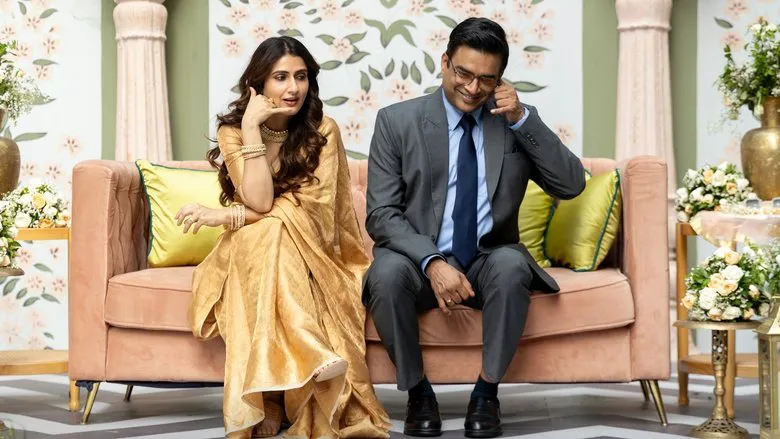
Samir Dattani, portraying Shriram, had the equally challenging task of embodying a man torn between deep-seated family values and a burgeoning admiration for a woman who defied everything he knew. His journey from awe to conflicted love required a sensitive portrayal, showing his internal battle convincingly. Their on-screen chemistry, built on awkward sweetness and genuine connection, was pivotal in selling their improbable romance.
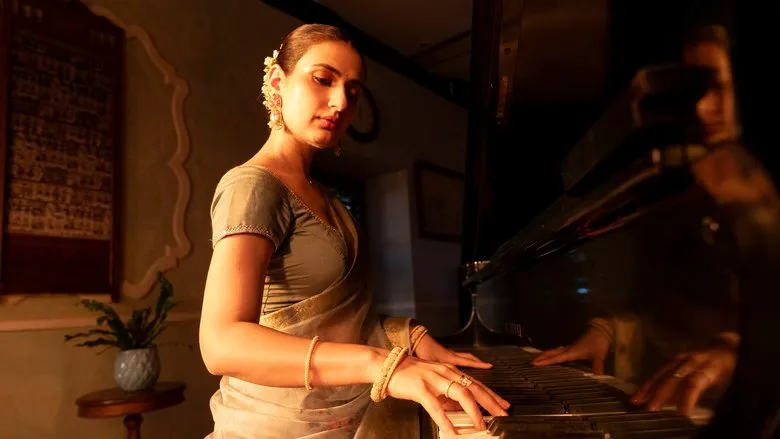
Navigating Sensitive Themes: Tradition vs. Modernity
At its core, Aap Jaisa Koi is a commentary on identity within a patriarchal society. Balani’s direction skillfully navigated these sensitive waters, ensuring that neither tradition nor modernity was demonized entirely. The aim was to explore the complexities – the beauty in tradition, the necessity of evolving – and the pain when these two forces collide.
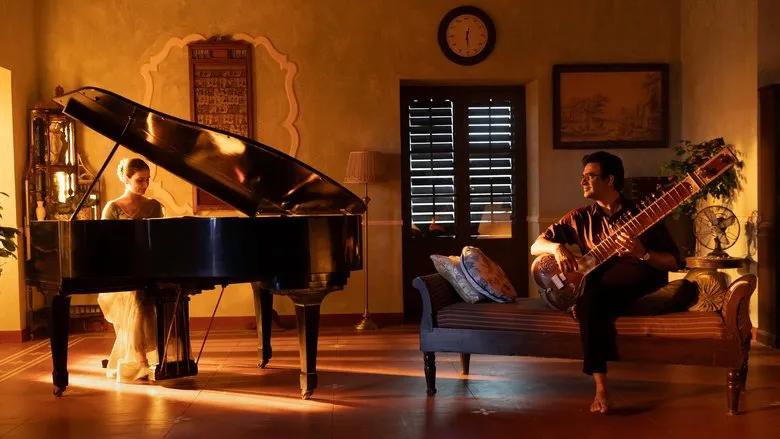
The screenplay, also penned by Balani, carefully crafted dialogues that highlighted the generational gaps and philosophical differences, particularly through the interactions between Madhu, Shriram, and his family. The challenge here was to create realistic tension without resorting to melodrama, leaning instead on the quiet power of societal pressure and unspoken expectations.
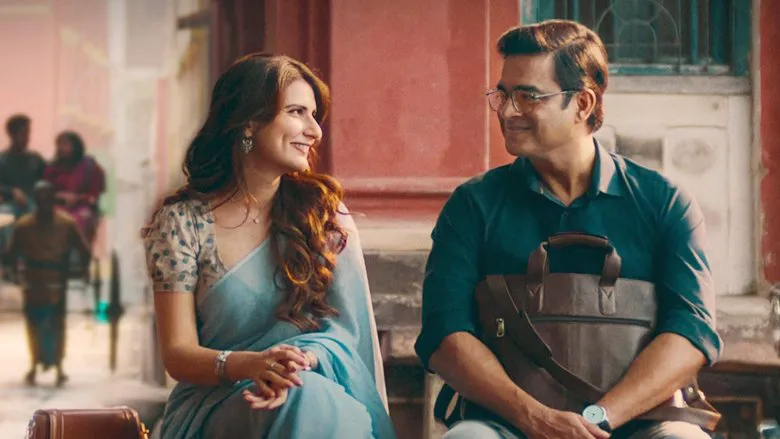
The Visual Language: Telling a Story Through Frames
Cinematography played a vital role in grounding the emotional narrative within the cultural context. The film’s visual language was designed to underscore the themes: wide shots of Varanasi’s ancient landscape contrasted with tighter, intimate frames during moments between Madhu and Shriram, emphasizing their personal bubble against the vastness of societal norms.
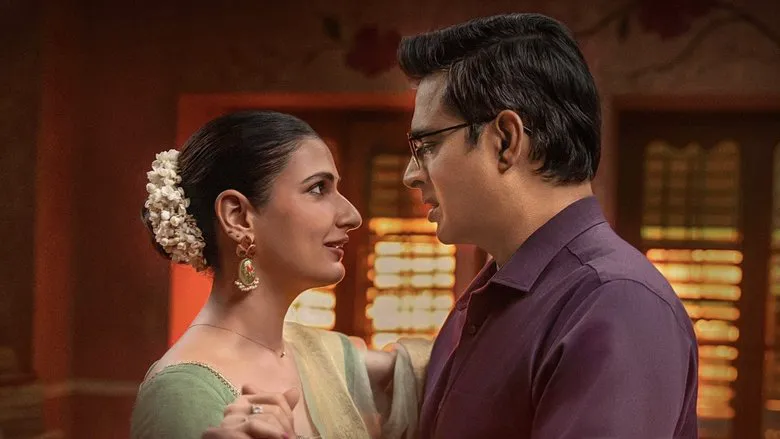

The use of natural light, the evocative imagery of the Ganga ghats, and the traditional architecture contributed to the film’s authenticity and symbolic weight, visually reinforcing the deeply traditional world Madhu and Shriram inhabit. This visual dedication ensured that even in moments of quiet reflection, the audience felt the pervasive presence of societal expectations.
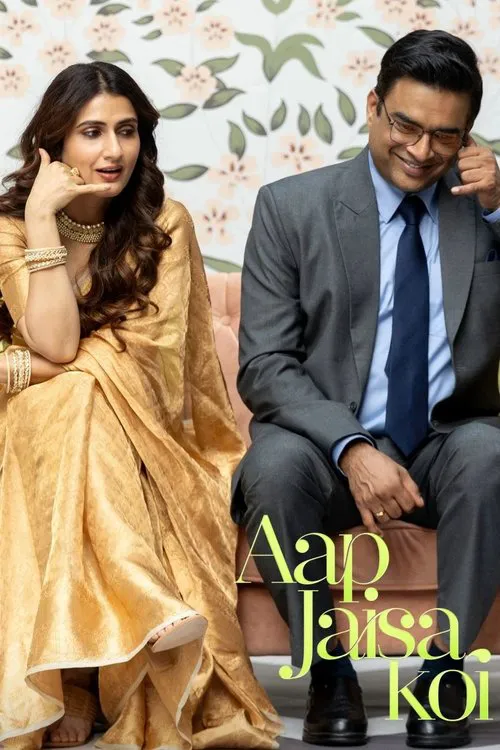

A Bittersweet Symphony: The Lasting Impact
The making of Aap Jaisa Koi was an exercise in balancing the intimate and the epic. It sought to tell a personal story of love and defiance against the epic backdrop of India’s evolving social landscape. The film’s bittersweet conclusion, leaving the audience to ponder the unresolved complexities, was a deliberate choice by Balani – a reflection of real life, where not all battles are won, and compromise often comes at a cost.
Aap Jaisa Koi stands testament to the craft of filmmaking that dares to ask difficult questions, using poignant human stories to explore the universal struggle for freedom and identity in the face of stifling societal norms. Its making was as much about storytelling as it was about confronting and presenting societal truths.